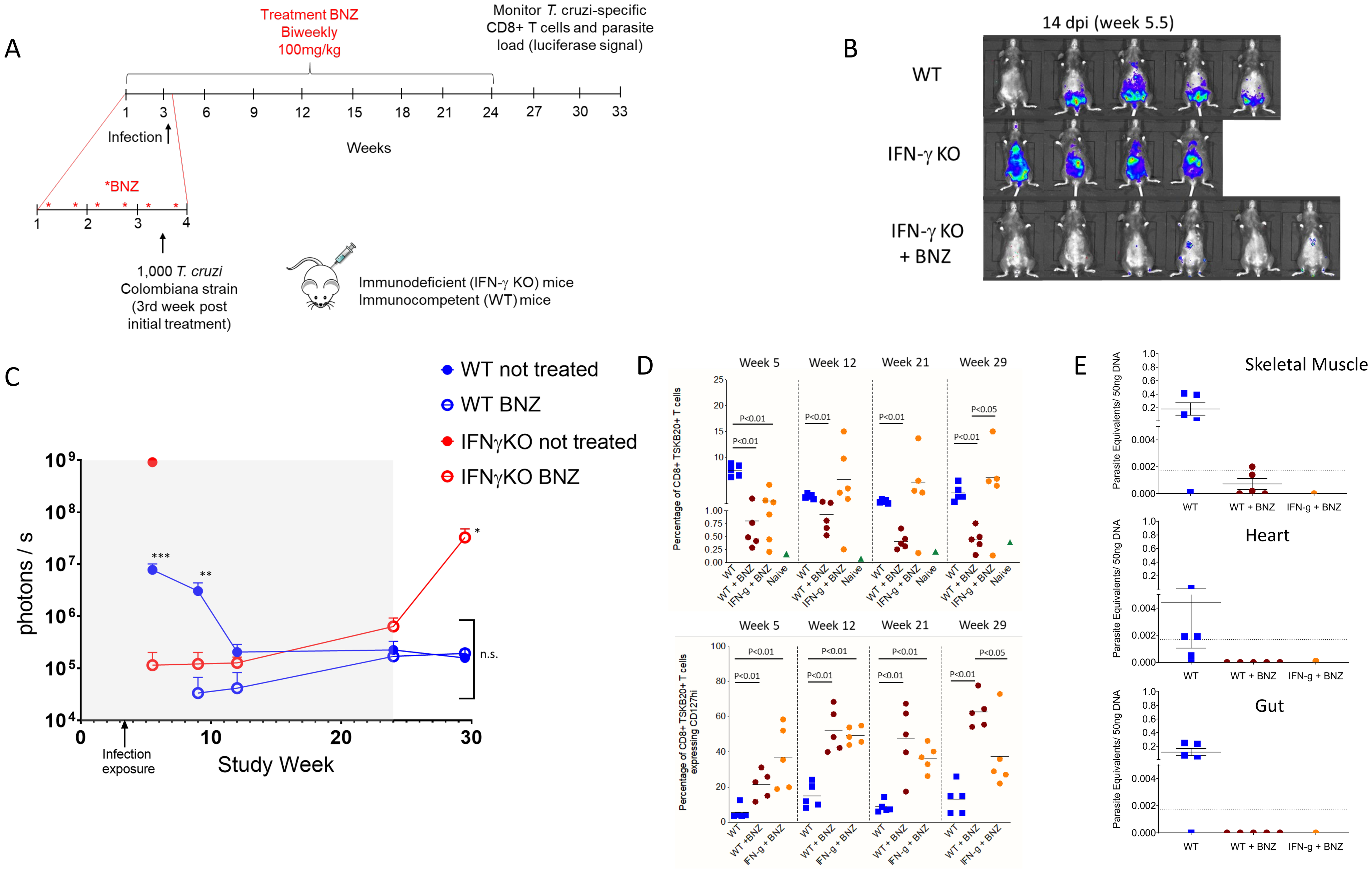An aphid symbiont confers protection against a specialized RNA virus, another increases vulnerability to the same pathogen
Insects often harbor heritable symbionts that provide defense against specialized natural enemies, yet little is known about symbiont protection when hosts face simultaneous threats. In pea aphids (Acyrthosiphon pisum), the facultative endosymbiont Hamiltonella defensa confers protection against the parasitoid, Aphidius ervi, and Regiella insecticola protects against aphid-specific fungal pathogens, including Pandora neoaphidis. Here we investigated whether these two common aphid symbionts protect against a specialized virus A. pisum virus (APV), and whether their anti-fungal and anti-parasitoid services are impacted by APV infection. We found that APV imposed large fitness costs on symbiont-free aphids and these costs were elevated in aphids also housing H. defensa. In contrast, APV titers were significantly reduced and costs to APV infection were largely eliminated in aphids with R. insecticola. To our knowledge, R. insecticola is the first aphid symbiont shown to protect against a viral pathogen, and only the second arthropod symbiont reported to do so. In contrast, APV infection did not impact the protective services of either R. insecticola or H. defensa. To better understand APV biology, we produced five genomes and examined transmission routes. We found that moderate rates of vertical transmission, combined with horizontal transfer through food plants, were the major route of APV spread, although lateral transfer by parasitoids also occurred. Transmission was unaffected by facultative symbionts. In summary, the presence and species identity of facultative symbionts resulted in highly divergent outcomes for aphids infected with APV, while not impacting defensive services that target other enemies. These findings add to the diverse phenotypes conferred by aphid symbionts, and to the growing body of work highlighting extensive variation in symbiont-mediated interactions.
C H V Higashi, W L Nichols, G Chevignon, V Patel, S E Allison, K L Kim, M R Strand, K M Oliver. Mol Ecol. 2022 Dec 2. doi: 10.1111/mec.16801. Online ahead of print.










